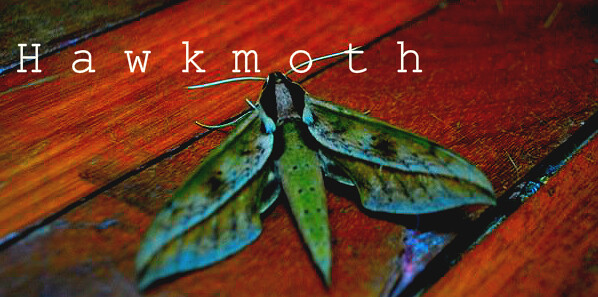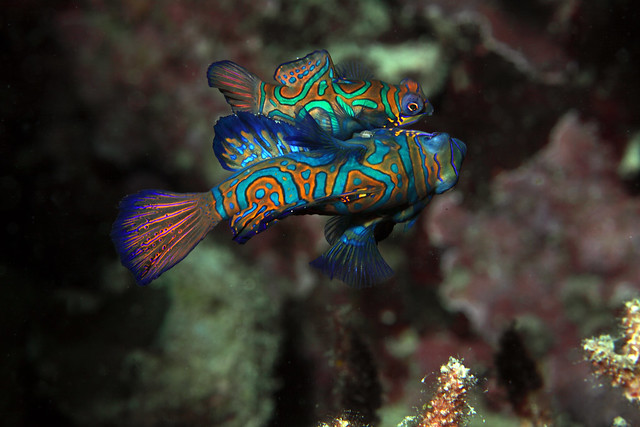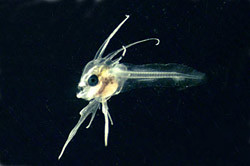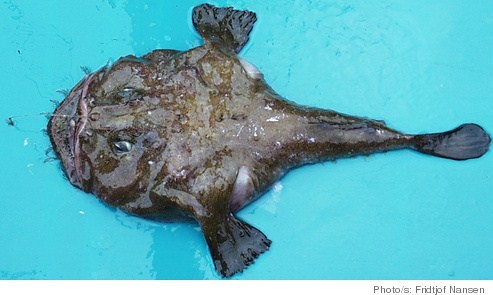
November and December have flown by. Autumn was productive, with six graduate applications and two major grant proposals submitted. Winter will be considerably calmer, I hope. January and February are the lull before another month of travel in March, and grad decisions in April. I'm itching to explore beyond the city walls-to see a world across the sea. For now though, Los Angeles is home. Hurray for a few quiet months before leaping back into the frenzy of it all.
Listening to The XX today- Swept Away:




